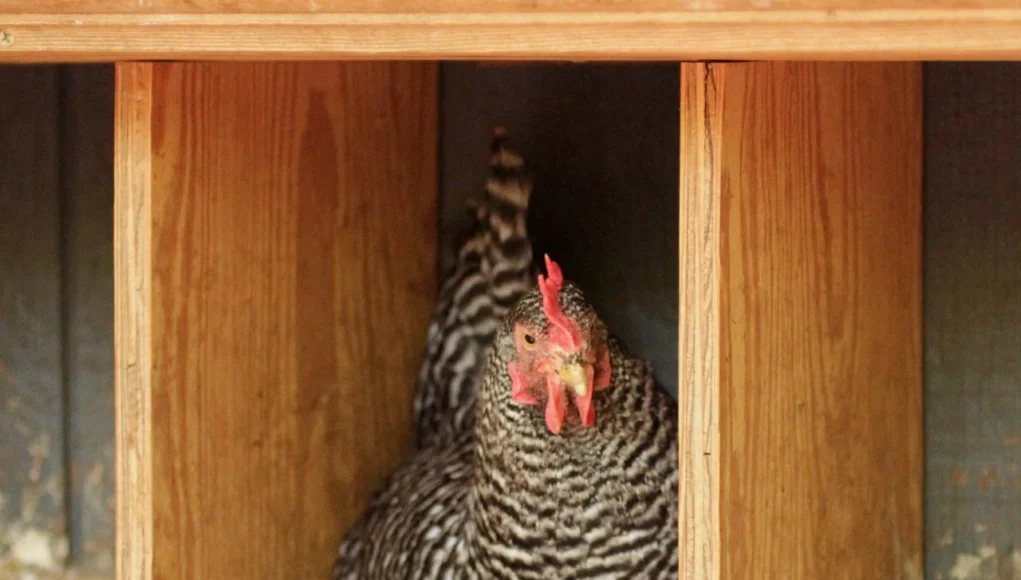For every chicken enthusiast, maintaining a healthy and clean environment for their feathered friends is paramount. One of the most critical aspects of chicken care is establishing a consistent nesting box hygiene routine. This routine is not only vital for the health and happiness of your chickens but also for ensuring a steady supply of clean, fresh eggs. In this article, we will delve into the best practices for maintaining a clean nesting environment, ensuring your flock remains healthy and productive.

Why Nesting Box Hygiene Matters
Understanding the importance of a nesting box hygiene routine is the first step in fostering a healthy environment for your chickens. Clean nesting boxes help prevent the spread of diseases and parasites, which can quickly affect the entire flock. Additionally, a clean environment encourages hens to lay their eggs in designated areas, reducing the risk of egg contamination and breakage. For more insights on encouraging chickens to lay in boxes, visit Chickens Not Laying in Boxes.
Setting Up Your Nesting Boxes
Choosing the Right Location
The location of your nesting boxes can significantly impact their cleanliness. Position them away from roosting areas to minimize the transfer of droppings. For more tips on positioning, check out Nest Boxes Under Roosts.
Ventilation is Key
Proper ventilation in the chicken coop is essential for reducing moisture and odor build-up, which can affect the nesting boxes. Well-ventilated spaces help keep the air fresh and dry, creating a more comfortable environment for your chickens. Discover more about ventilation by visiting Ventilating Nesting Boxes.
Maintaining Cleanliness in Nesting Boxes
Regular Cleaning Schedule
Establishing a regular cleaning schedule is essential for maintaining a clean nesting environment. Ideally, nesting boxes should be inspected and cleaned weekly, with soiled bedding replaced with fresh materials. This routine helps prevent the build-up of bacteria and parasites.
Using the Right Bedding
Choosing the appropriate bedding material is crucial for maintaining hygiene. Straw, wood shavings, or shredded paper are popular options that provide comfort and absorbency. Ensure the bedding is dry and fresh to discourage pests and maintain cleanliness.
Addressing Seasonal Changes
Adapting to Weather Conditions
Seasonal changes can impact the cleanliness of nesting boxes. During wet months, moisture can lead to mold and mildew, while hot weather can increase odor and bacteria growth. Adjust your cleaning routine to accommodate these changes, ensuring your nesting boxes remain hygienic year-round. For more on seasonal adjustments, visit Seasonal Changes in Nesting.
Preparing for Broody Hens
Broody hens can impact nesting box hygiene, as they tend to spend extended periods in one spot. Its important to monitor these hens closely and maintain cleanliness to prevent the spread of bacteria. Learn how to accommodate broody hens by visiting Nesting Boxes for Broody Hens.
Preventing Common Pests
Dealing with Mites and Lice
Mites and lice can quickly infest nesting boxes, causing discomfort and health issues for chickens. Regularly check for signs of these pests and use appropriate treatments to keep them at bay.
Controlling Rodent Access
Rodents are attracted to nesting boxes due to the warmth and abundance of food. Properly sealing and securing your coop can help prevent rodent infestations, safeguarding both your chickens and their eggs.
Using Natural Cleaning Solutions
Using natural cleaning solutions, such as vinegar or baking soda, can effectively clean nesting boxes without introducing harmful chemicals. These solutions are safe for chickens and help maintain a healthy environment.
Monitoring Egg Quality
Consistently monitor egg quality to ensure your nesting box hygiene routine is effective. Clean, crack-free eggs are indicators of a healthy and clean nesting environment.

FAQs
How often should I clean my nesting boxes?
Nesting boxes should be cleaned weekly to ensure a hygienic environment for your chickens.
What is the best bedding material for nesting boxes?
Straw, wood shavings, and shredded paper are excellent choices for nesting box bedding.
How can I prevent mites in my nesting boxes?
Regular cleaning and monitoring for signs of pests, along with using natural deterrents, can help prevent mite infestations.
For more creative nesting box ideas, consider exploring The Elliott Homestead’s Easy Nesting Boxes.
This article contains affiliate links. We may earn a commission at no extra cost to you.











